Dr. Herbert Eidt used basic training learned as an Army doctor to help people survive in the aftermath of Typhoon Haiyan and to deliver hope to communities in the Philippines.
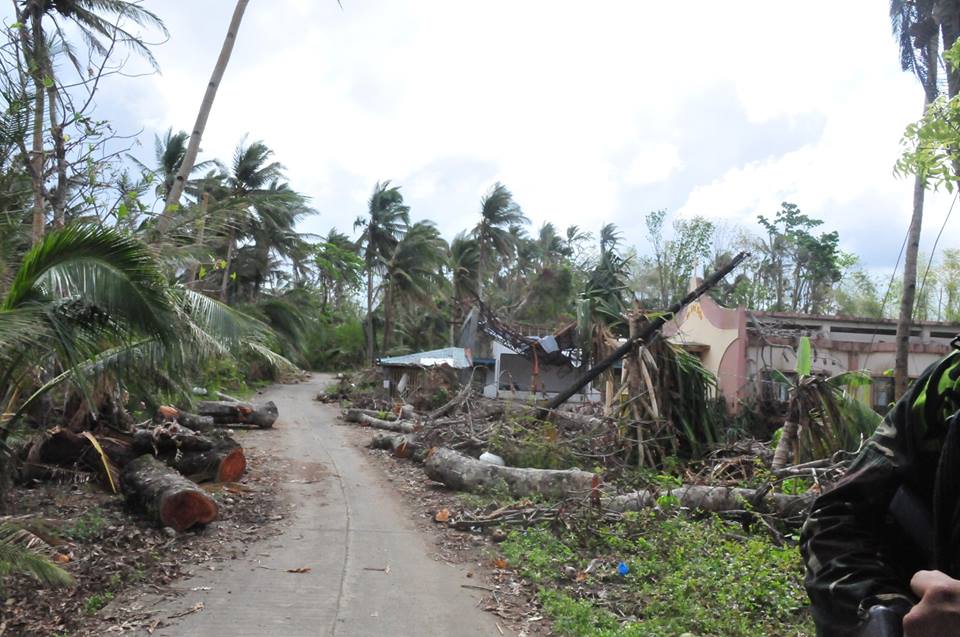

O.C. doctor’s mission of healing after Philippine typhoon
By Erika I. Ritchie, Published in the Orange County Register
LAGUNA BEACH – Herbert Eidt rumbled along rural, mountainous roads sitting in a 2-ton truck surrounded by six Philippine soldiers armed with M16s.
He and a team of 13 doctors and nurses were on their way to one of five locations on the island of Panay, devastated by Typhoon Haiyan, a November storm that killed more than 6,000 people.
The island was one on which counterinsurgents sparred with the government’s military. Following the typhoon, the insurgents and the government had declared a cease-fire. Eidt, a former Army doctor, knew the area’s reputation and worried that his team – which initially was based in Roxas City – might be targets.
[vimeo clip_id="80476161"]
Typhoon Haiyan – Directed & Edited by Janssen Powers
Thousands of refugees suffered from aftereffects of the typhoon. People huddled under palm-thatched and corrugated steel roofs for weeks trying to stay out of the rain. The wet and humid conditions left thousands with respiratory conditions. Many had fevers, and some had injuries from objects in the storm’s surge.
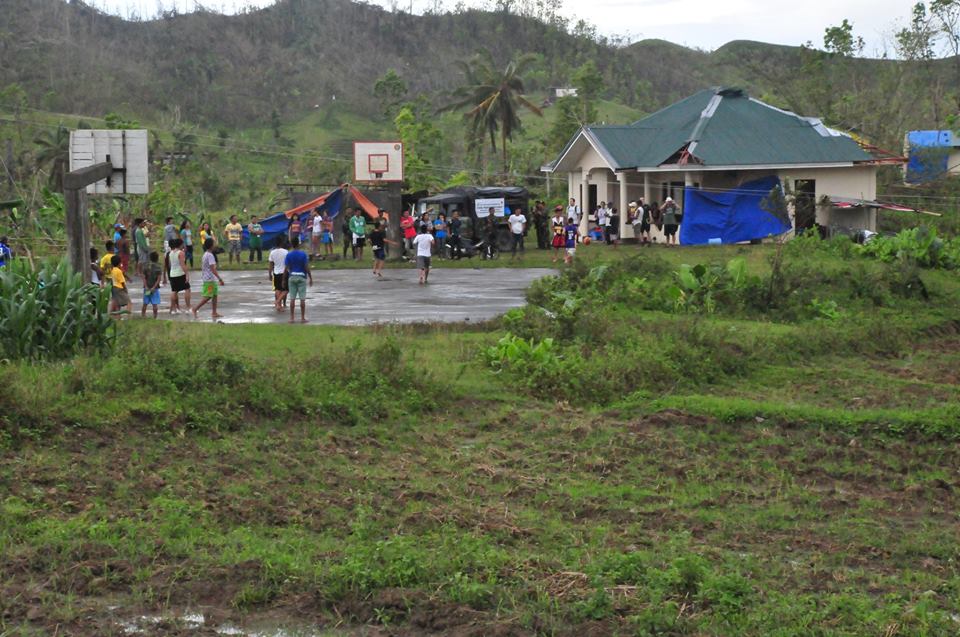

The team, part of Remote Area Medical, was in the Philippines to provide primary care. Doctors were most worried about typhoid and cholera.
New research suggests that the Pacific is, indeed, warming – possibly at its fastest rate in 10,000 years. If the extra heat stored in the oceans is released into the atmosphere, then the severity of storms will inevitably increase. In short, a warmer world will probably feature more extreme weather. — Damian Carrington, The Guardian UK
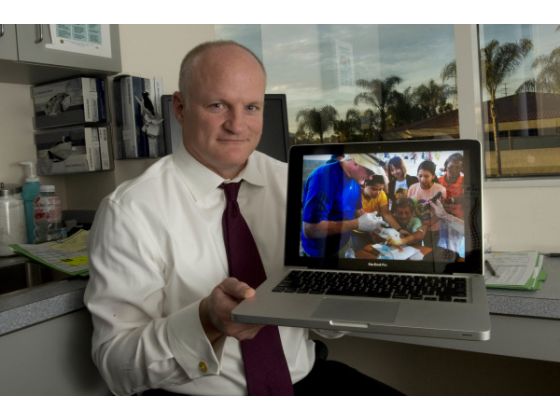

Eidt, an orthopedic surgeon from Laguna Beach, was trained in military medicine and served in the Army in Afghansitan and Korea. On Panay, team members split up, and over 10 days, served 4,000 patients. They set up makeshift tables and used whatever they could find to cobble together a treatment center.
At one of the sites, Eidt encountered a woman who was seven months pregnant. She brought three children with her. The children had ear infections and upper-respiratory congestion. But what worried Eidt most were the woman’s symptoms. She had high blood pressure, blurred vision and dizziness. Eidt checked her blood pressure again. It was still high. After some thought, Eidt realized the woman had preeclampsia, a condition that if left untreated would result in severe seizures and possible death. “I was a little scared,” Eidt said. “What if I had missed that?”
Eidt was the only doctor from Orange County on the team, which was put together by Stan Brock, who founded Remote Area Medical, and Jim Keany of San Clemente, an emergency room doctor at Mission Hospital.
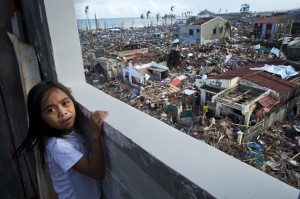

As disasters intensify with increasing impacts of climate change, there must be an expansion of adaptation and resilience programmes in vulnerable countries to protect children from risk. Unicef’s disaster risk reduction programmes implement simple measures like early warning systems which can mean the difference between life and death. — Paddy Ashdown in The Guardian
In 2010, Keany coordinated and served on a mission to Haiti after the earthquake there. He contacted RAM again when the typhoon struck the Philippines. “It was just a natural thought for me to call RAM and see if we could work together,” he said. “They have the process down, and we had a medical community interested in helping. The results have been amazing. We continue to collaborate to staff and launch teams into Roxas City.”
The RAM teams have treated more than 8,000 patients, 40 percent of them children. Doctors and nurses pay their own way. They bring their own supplies and initially paid their own ground transportation. When the team connected with the Philippine Red Cross, that group provided the transportation.
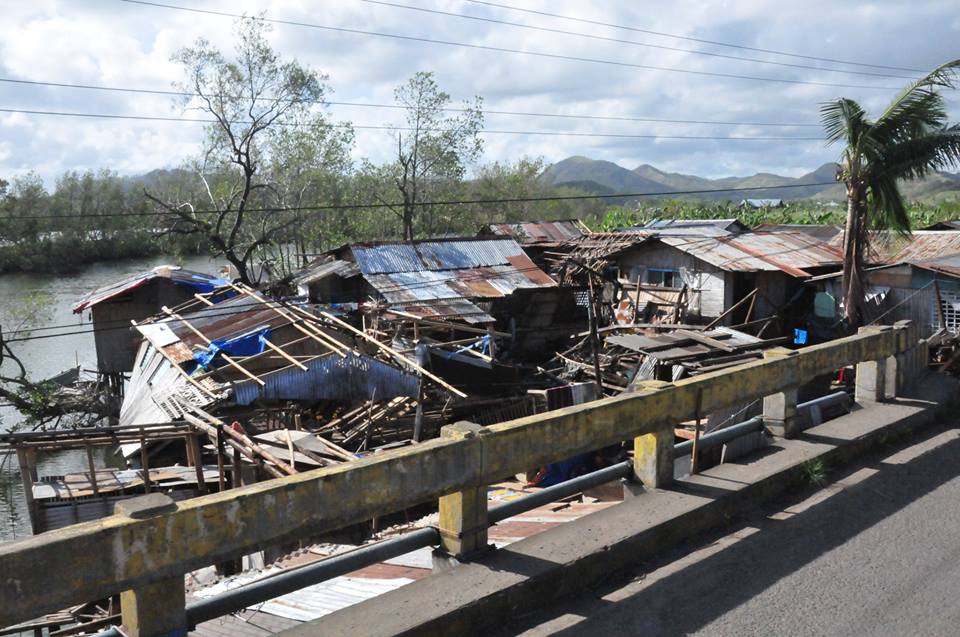

Keany formed the Orange County Disaster Response Team on Facebook and uses it to find willing doctors and nurses. Keany gets lots of inquiries from medical staff around the country. Keany contacted Brock within a week of the typhoon. “These doctors were amazing,” Keany said. “And the nurses were all critical care and emergency room nurses. What we sent was the cream of the crop.”
Eidt shifted scheduled surgeries and patient appointments to travel to the Philippines. He missed celebrating Thanksgiving and his 50th birthday at home. But the experience left him fulfilled. “I knew it was a horribly devastated place,” Eidt said. “I also knew it had a tremendous need. It was my birthday there, and that made it even more memorable.”
In Haiti after the earthquake, Keany dealt with great traumas and amputations. Primary care was needed in the weeks after the typhoon. “When you’re in an area of devastation, you provide hope,” Keany said. “When you’ve lost everything, including hope, it’s a huge factor.”
Contact the writer: 949-492-5152 or eritchie@ocregister.com



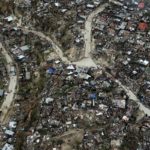


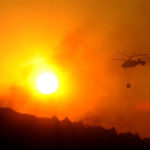






Pingback: Bangladesh: A Flooding, Mega-Urbanizing, Climate Trap | WilderUtopia.com